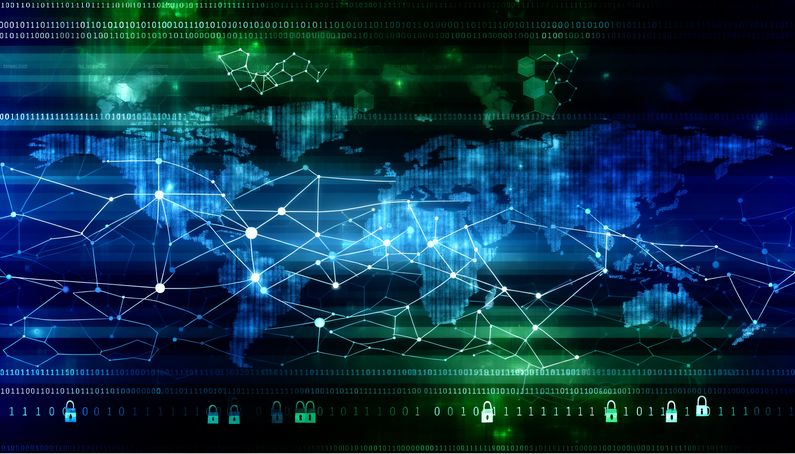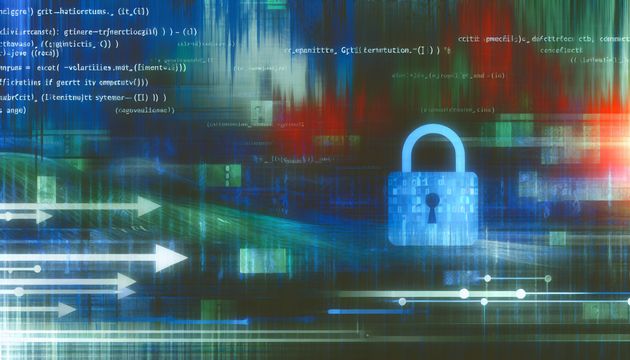
FBI's Release of 42,000 Phishing Domains: A New Era in Cybersecurity
The FBI’s recent release of 42,000 LabHost phishing domains marks a pivotal moment in the fight against cybercrime. This extensive list, shared with the public, offers cybersecurity professionals a unique opportunity to bolster their defenses against phishing attacks. By integrating these domains into existing security frameworks, organizations can proactively thwart potential threats. The historical data, spanning from November 2021 to April 2024, allows for retrospective analysis, potentially uncovering previously undetected breaches (BleepingComputer). This initiative not only aids in immediate threat mitigation but also enhances the training of phishing detection models, improving their accuracy and effectiveness.
Implications for Cybersecurity
Enhancing Detection and Prevention Strategies
The release of the list of 42,000 LabHost phishing domains by the FBI provides a significant opportunity for cybersecurity professionals to refine and enhance their detection and prevention strategies. The historical nature of the data allows for the creation of comprehensive blocklists that can mitigate the risk of threat actors reusing or re-registering these domains in future attacks. By integrating this list into existing security infrastructures, organizations can proactively prevent potential phishing attempts (BleepingComputer).
Furthermore, security teams can retrospectively scan logs from November 2021 to April 2024 to identify any past connections to these domains. This retrospective analysis can uncover previously undetected breaches, allowing organizations to address vulnerabilities and enhance their security posture. The list also serves as a valuable resource for training phishing detection models, providing realistic data that can improve the accuracy and effectiveness of these models (BleepingComputer).
Attribution and Intelligence Correlation
The extensive list of domains offers cybersecurity experts an opportunity to analyze domain patterns and gain insights into the operations of phishing-as-a-service (PhaaS) platforms like LabHost. By studying these patterns, analysts can improve attribution efforts, linking domains to specific threat actors or groups. This correlation of intelligence can aid in understanding the tactics, techniques, and procedures (TTPs) employed by cybercriminals, thereby enhancing the ability to predict and counter future threats (BleepingComputer).
Moreover, the data can assist in identifying connections between different phishing campaigns, enabling a more comprehensive understanding of the cybercriminal ecosystem. This knowledge can inform strategic decisions and guide the allocation of resources for threat mitigation efforts.
Legal and Regulatory Implications
The dismantling of LabHost and the subsequent release of the domain list underscore the importance of international collaboration in combating cybercrime. The operation involved law enforcement agencies from 19 countries, highlighting the need for a coordinated global response to tackle transnational cyber threats (CNN).
For organizations, this case serves as a reminder of the legal and regulatory obligations related to cybersecurity. Companies must ensure compliance with data protection laws and regulations, such as the General Data Protection Regulation (GDPR) in the European Union, which mandate the implementation of robust security measures to protect personal data. Failure to comply can result in significant fines and reputational damage.
Impact on Phishing-as-a-Service Market
The takedown of LabHost, a prominent player in the PhaaS market, is likely to have a ripple effect on the broader cybercrime landscape. With the removal of this service, cybercriminals may face increased challenges in accessing similar platforms, potentially leading to a temporary disruption in phishing activities. However, the demand for such services remains high, and it is likely that new platforms will emerge to fill the void left by LabHost (Trend Micro).
This dynamic underscores the need for continuous monitoring and adaptation by cybersecurity professionals. By staying informed about emerging threats and evolving tactics, organizations can better protect themselves against future phishing attacks.
Challenges and Limitations
While the release of the domain list is a valuable resource, it is important to acknowledge its limitations. The FBI has noted that the list has not been fully validated and may contain typographical or similar errors resulting from user input on the LabHost platform (BleepingComputer). As such, cybersecurity teams must exercise caution when utilizing this data, verifying the accuracy of the information before integrating it into their security measures.
Additionally, the historical nature of the data means that the domains may no longer be actively used in malicious operations. While this limits the immediate threat posed by these domains, the information remains valuable for understanding past attacks and enhancing future defenses.
In conclusion, the release of the 42,000 LabHost phishing domains by the FBI presents significant implications for cybersecurity. By leveraging this information, organizations can enhance their detection and prevention strategies, improve attribution efforts, and better understand the PhaaS market. However, it is crucial to approach the data with caution, acknowledging its limitations and ensuring its accurate application in security measures.
Final Thoughts
The release of the LabHost phishing domains by the FBI is a significant step forward in cybersecurity. It underscores the importance of international collaboration, as demonstrated by the involvement of law enforcement agencies from 19 countries (CNN). While the list provides a valuable resource for enhancing security measures, it also highlights the need for caution due to potential inaccuracies. As the cybersecurity landscape continues to evolve, staying informed and adaptable remains crucial. The takedown of LabHost may disrupt the phishing-as-a-service market temporarily, but the demand for such services persists, necessitating continuous vigilance and adaptation (Trend Micro).
References
- BleepingComputer. (2024). FBI shares massive list of 42,000 LabHost phishing domains. https://www.bleepingcomputer.com/news/security/fbi-shares-massive-list-of-42-000-labhost-phishing-domains/
- CNN. (2024). LabHost cybercrime phishing arrests. https://www.cnn.com/2024/04/18/tech/labhost-cybercrime-phishing-arrests/index.html
- Trend Micro. (2024). LabHost takedown. https://www.trendmicro.com/en_us/research/24/d/labhost-takedown.html



